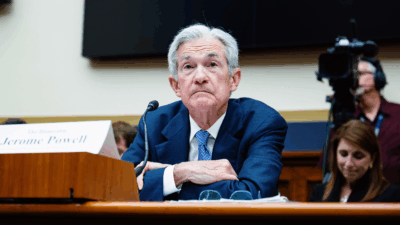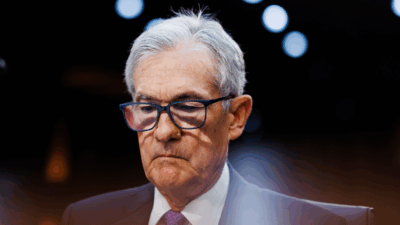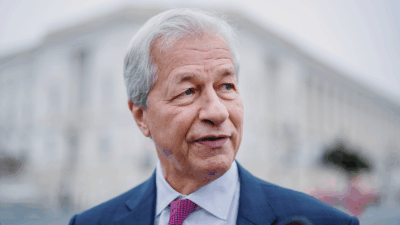
Sign up for smart news, insights, and analysis on the biggest financial stories of the day.
When Russian tanks rolled into Ukraine on February 24th, investors did what they normally do in times of geopolitical uncertainty — they rushed to safe-haven assets like gold, whose price surged from $1,912 an ounce to a heady $2,057 on March 8th.
Since then, gold prices have reversed course faster than the Russians retreated from Kharkiv – the shiny metal fell to a two-year low on Friday – for reasons that have nothing to do with demand for fancy birthday gifts or mining production in Australia. First, an extremely strong dollar has made gold more expensive in other currencies — gold is typically denominated in USD — causing many commodity traders to rotate into other assets. Second, surging yields have increased the opportunity cost of holding gold relative to just 9 months ago. The fallout has been a lot of red for the precious yellow metal:
- On Friday, gold’s spot price fell to $1,654 per ounce, a two-year low and 19% below its recent peak in March. This week, all eyes will be on the Federal Reserve’s two-day meeting on Sept. 20-21, and with officials expected to deliver a third-straight 75-basis-point increase, holding gold could get even more expensive.
- Alex Bedwany, a mining analyst at Canaccord Genuity, told the Financial Times: “What it looks like at the moment, is that the gold price is tracking real yield on US government bonds…the indicators at the moment are not looking all that positive for gold.”
All That Glitters: Still, others point to gold’s record as a store of value in prolonged periods of high inflation as a reason to hold it. Ole Hansen, head of commodity strategy at Saxo Bank, told the FT, “The market is still looking to gold as a hedge against a policy mistake…stagflation is a good friend of gold.” True, but so is war — and look at how that’s worked out for gold bugs.











